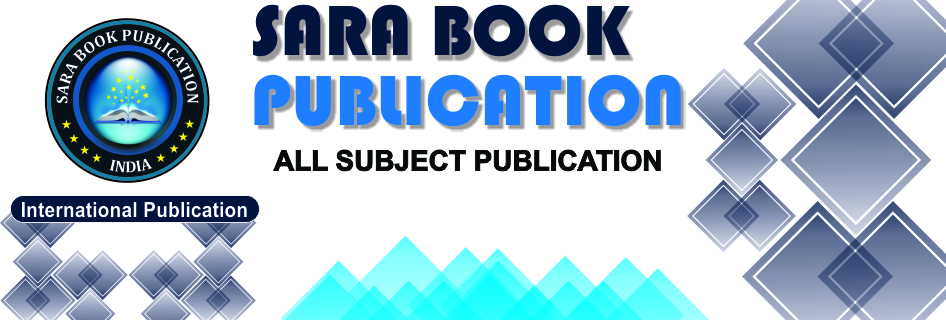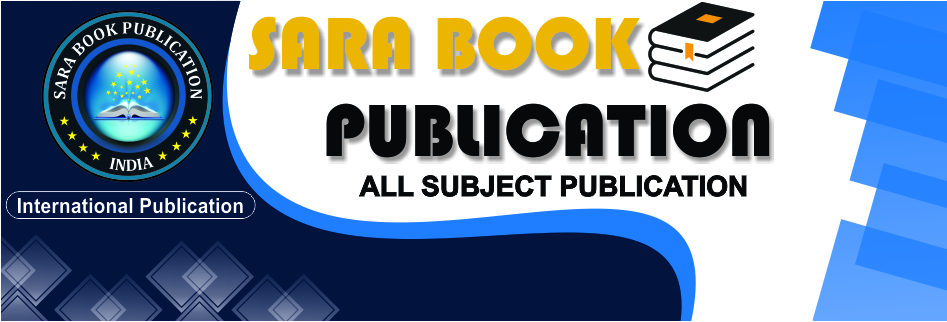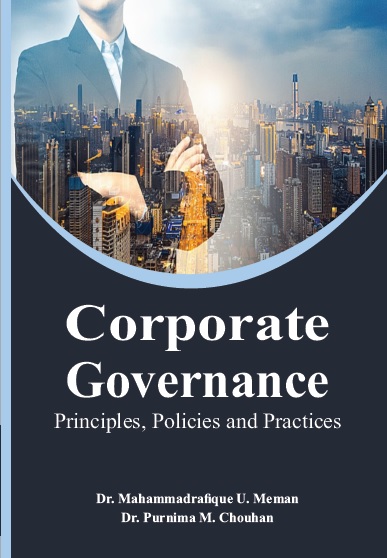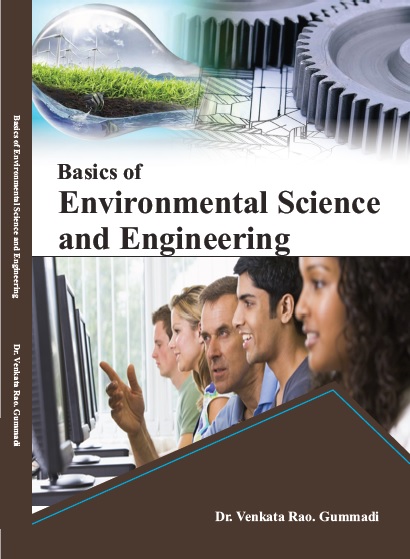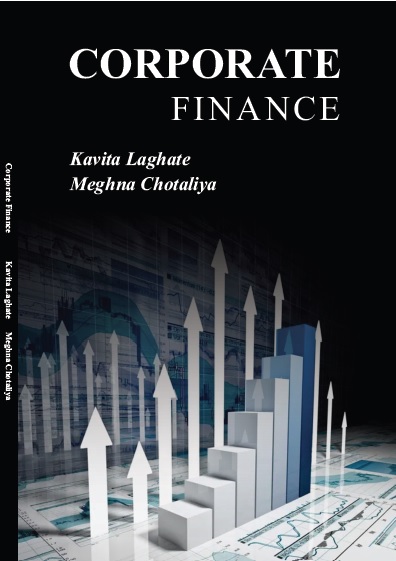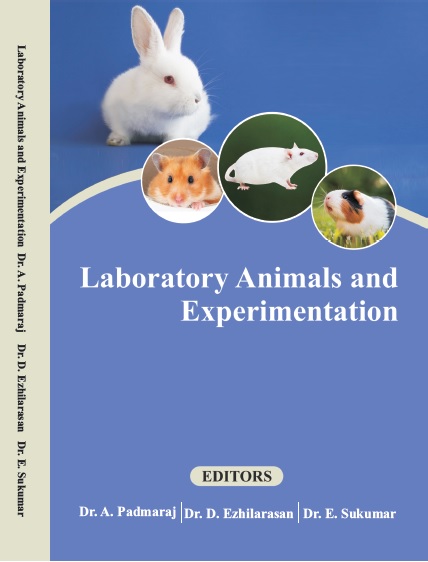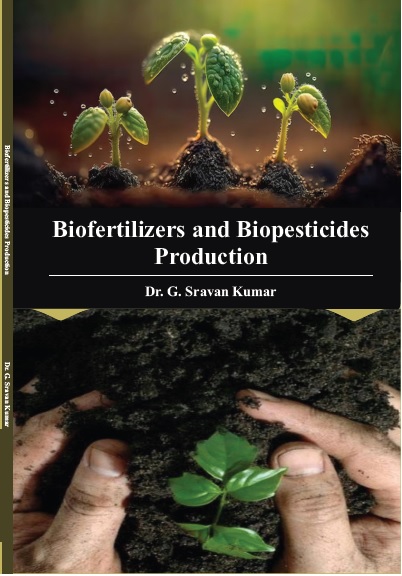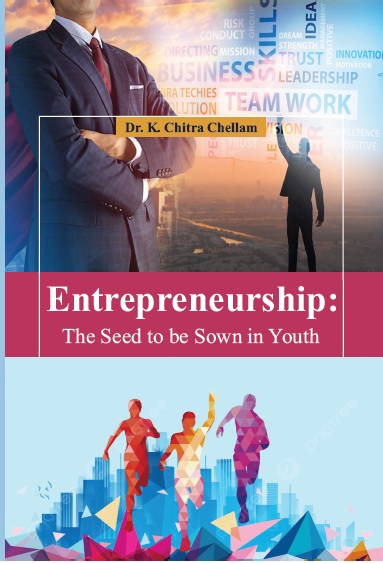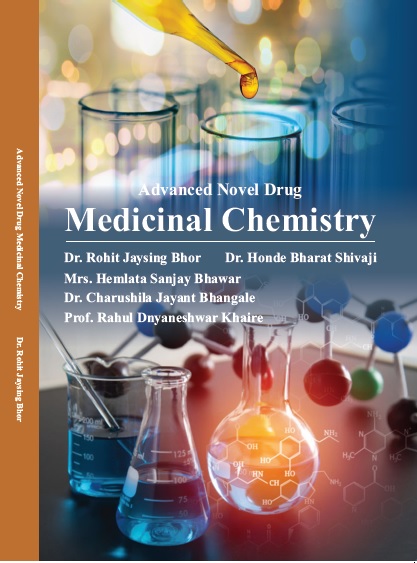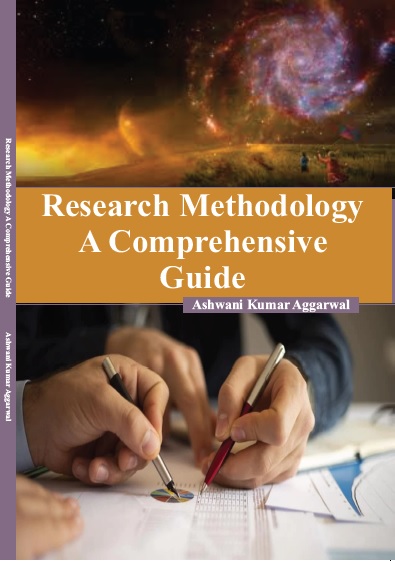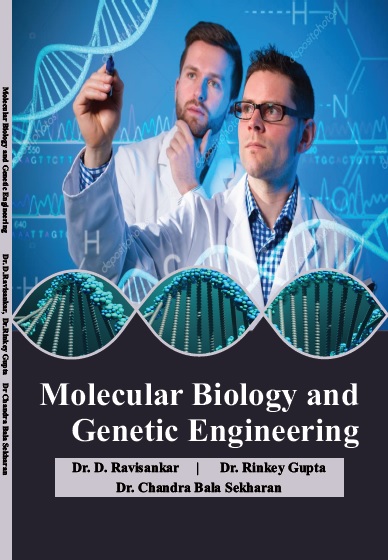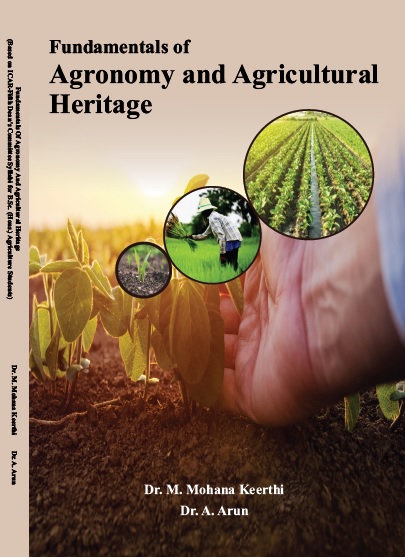LIFE SCIENCES
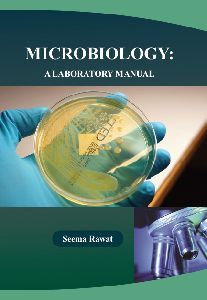
Microbiology: A Laboratory Manual
by Dr. Seema Rawat
ISBN Number : 978-163041-537-2
Authors Details
| Author Name | Image | About Author |
|---|---|---|
| Dr. Seema Rawat | 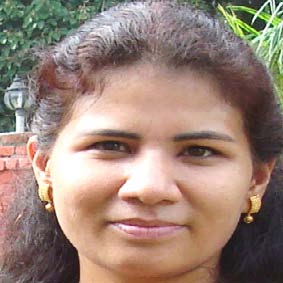 |
Dr. Seema Rawat is currently working as Assistant Professor in Department of Botany and Microbiology, H.N.B. Garhwal (Central) University, Srinagar, Uttarakhand, India. She did her masters and doctorate in microbiology from G.B. Pant University of Agriculture and Technology, Pantnagar, Uttarakhand. Her specialization is molecular microbial ecology. She has been actively engaged in compost microbiology since her masters in which she worked on amylases of thermophilic fungi isolated from mushroom compost. She worked on microbial diversity of compost and community succession in her doctorate. She also did lot of work on characterization of enzymes of Scytalidium thermophilum, dominant mushroom compost fungus. Currently she is working on non culturable diversity of hot and sulphur springs using metagenomic approaches. She has published numerous research papers and chapters on compost microbiology. She has also been authoress of a book, “Bioresources of Uttarakhand published by Uttarakhand Council of Science & Technology.is currently working as Assistant Professor in Department of Botany and Microbiology, H.N.B. Garhwal (Central) University, Srinagar, Uttarakhand, India. She did her masters and doctorate in microbiology from G.B. Pant University of Agriculture and Technology, Pantnagar, Uttarakhand. Her specialization is molecular microbial ecology. She has been actively engaged in compost microbiology since her masters in which she worked on amylases of thermophilic fungi isolated from mushroom compost. She worked on microbial diversity of compost and community succession in her doctorate. She also did lot of work on characterization of enzymes of Scytalidium thermophilum, dominant mushroom compost fungus. Currently she is working on non culturable diversity of hot and sulphur springs using metagenomic approaches. She has published numerous research papers and chapters on compost microbiology. She has also been authoress of a book, Bioresources of Uttarakhand published by Uttarakhand Council of Science & Technology. |
Book Description
“We cannot fathom the marvelous complexity of an organic being; but on the hypothesis here advanced this complexity is much increased. Each living creature must be looked at as a microcosm-a little universe, formed of a host of self-propagating organisms, inconceivably minute and as numerous as the stars in heaven” opined by Charles Darwin. The credit of letting the whole word know about these tiny microscopic creatures, “Microorganisms” goes to Antony van Leeuwenhoeck, “father of microbiology”. Microorganisms are small yet powerful. They are omnipresent from soil to air and can be our friends as well as foes. They are involved in our day-to-day life and are inside as well as outside our human body. Their role can change with the change in environmental conditions like normal microflora which is beneficial to human body can become pathogenic under certain conditions. The wide applications of microorgansims has led to the development of a number of subdisciplines of microbiology viz., General microbiology, Food microbiology, Agriculture microbiology, Environmental microbiology, Industrial microbiology, Dairy microbiology and so on. Who thought that those organisms whose presence was doubted for a long time by the supporters of doctrine of spontaneous generation can one day make the entire world realize their immense power.



